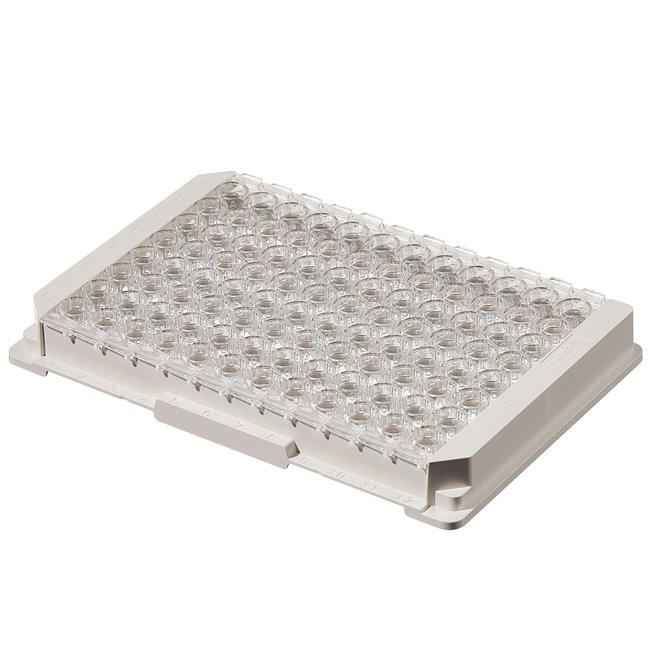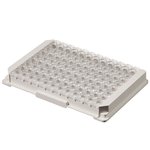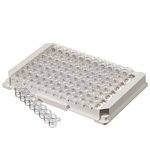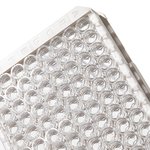Search Thermo Fisher Scientific
Plates and Modules with Covalent Binding Surfaces
Reduce the amount of reagents used in the lab by using these plates and modules with covalent binding surfaces.
| Catalog Number | Color | Volume (Metric) Working | Product Type | Surface Treatment |
|---|---|---|---|---|
| 436023 | Clear | 100 μL | Microplate | Amine |
| 436006 | Clear | 100 μL | Microplate | Covalent Binding |
| 478042 | Clear | 100 μL | Solid Module F8 (x12) in Frame | Covalent Binding |
Catalog number 436023
Price (SGD)
1,291.00
CS
Color:
Clear
Volume (Metric) Working:
100 μL
Product Type:
Microplate
Surface Treatment:
Amine
Price (SGD)
1,291.00
CS
Reduce the amount of reagents used in the lab with Thermo Scientific™ Plates and Modules with Covalent Binding Surfaces.
Covalent Surfaces (Thermo Scientific™ CovaLink™ and Immobilizer Amino)
- Minimal leaching
- Withstands vigorous washing
- Coating with lower amounts of reagent may be possible
- Control of orientation
Immobilizer is a trademark of Exiqon A/S, Vedbaek, Denmark. The product is produced under license from Exiqon A/S and covered by EP 08 20483 and foreign application and patents.
Immobilizer is a trademark of Exiqon A/S, Vedbaek, Denmark. The product is produced under license from Exiqon A/S and covered by EP 08 20483 and foreign application and patents.
Specifications
BreakapartBreakable Strips
Detection MethodColorimetric
Packaging30 Cases
Binding TypeCovalent
ColorClear
Product TypeMicroplate
MaterialPolystyrene
Volume (Metric) Well350 μL
Volume (Metric) Working100 μL
SterilityNon-sterile
Surface TreatmentAmine
Total Volume (Metric) Well350 μL
Well ShapeRound, C Bottom
No. per Case30
No. per Pack5
Plate BlockingUnspecified
Target MoleculePeptides
Unit SizeCS




